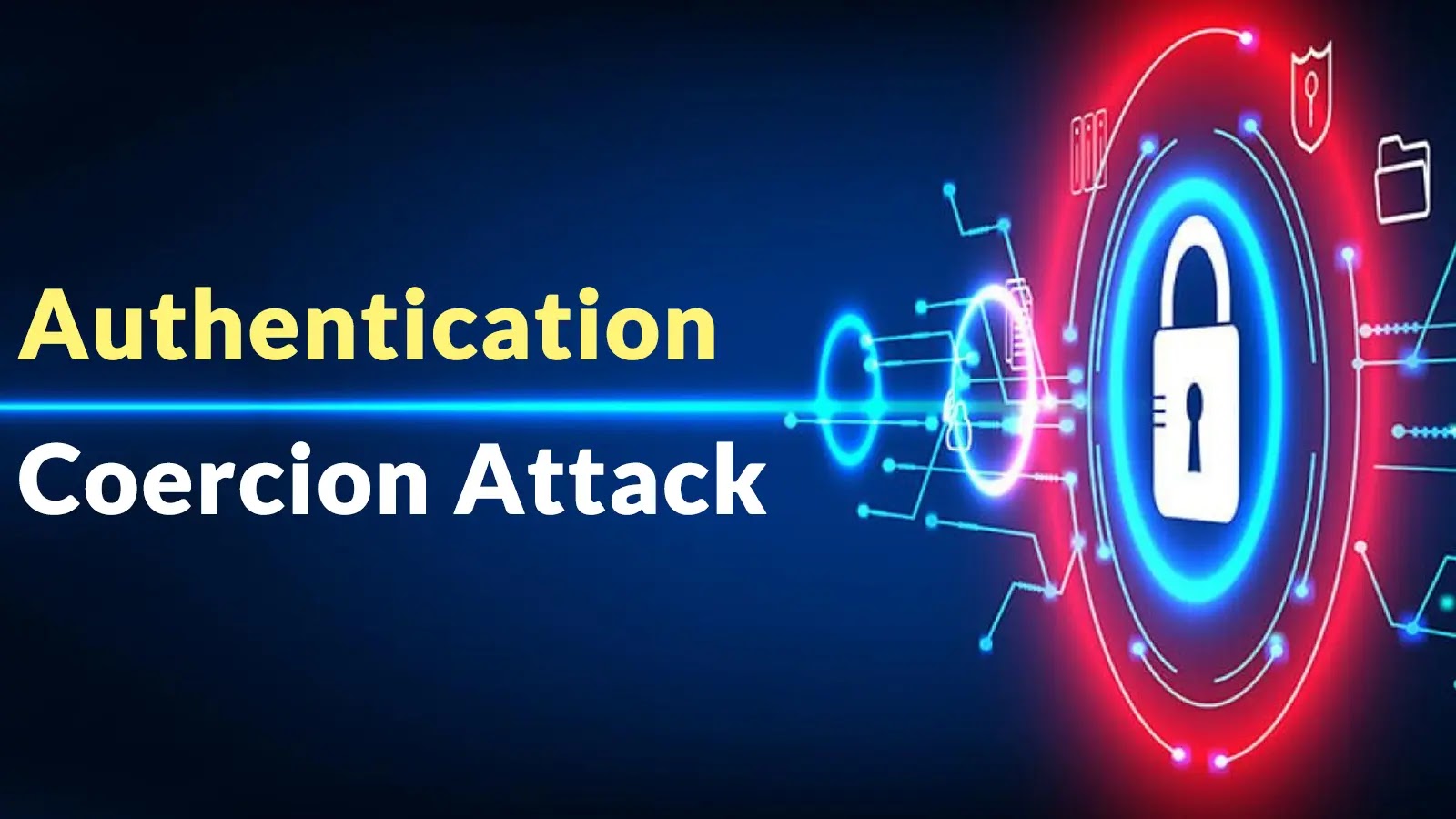
Authentication Coercion Attack Tricks Windows Machines into Revealing Credentials to Attack-controlled Servers
In the intricate landscape of modern cybersecurity, a threat has emerged that strikes at the very core of Windows and Active Directory environments: authentication coercion. This sophisticated attack vector isn’t merely another vulnerability; it represents a fundamental manipulation of how Windows machines inherently communicate, tricking them into divulging sensitive credentials to attacker-controlled infrastructure. Organizations globally face an evolving challenge as threat actors increasingly leverage these techniques to gain unauthorized access and compromise critical systems.
Understanding Authentication Coercion Attacks
Authentication coercion attacks exploit inherent design and communication mechanisms within the Windows operating system. Instead of directly attacking a system, adversaries coerce target machines into initiating authentication attempts to malicious servers. This forces the Windows machine to transmit its credentials, often in the form of NTLM (NT LAN Manager) or Kerberos hashes, to the attacker’s listening server.
The core of this attack lies in its ability to leverage legitimate Windows functionalities for malicious purposes. Services and protocols that are integral to network operations, such as printer spooler services, Web Distributed Authoring and Versioning (WebDAV), and certain SMB functionalities, can be manipulated to trigger these authentication attempts. When a Windows machine attempts to connect to or interact with a maliciously configured service, it automatically tries to authenticate using its machine account credentials or, in some cases, the credentials of a logged-on user.
How Authentication Coercion Works
The attack typically unfolds in several stages:
- Initial Foothold or Network Access: The attacker first needs a foothold within the network or the ability to communicate with target Windows machines. This could be achieved through social engineering, phishing, or exploiting other vulnerabilities to gain internal network access.
- Malicious Server Setup: The attacker sets up a malicious server designed to listen for and capture authentication attempts. This server often mimics legitimate services or open SMB shares.
- Coercing Authentication: The attacker uses various techniques to compel target Windows machines to initiate an authentication process with their malicious server. Common methods include:
- Printer Spooler Service Vulnerabilities: Exploiting vulnerabilities like “PetitPotam” (related to CVE-2022-26925 and CVE-2021-36942) to force domain controllers or other Windows machines to authenticate against an arbitrary server.
- WebDAV and SMB Interaction: Tricking machines into connecting to malicious WebDAV shares or SMB links embedded in documents, emails, or websites.
- Forcing Authentication via Other Protocols: Exploiting other less common protocols or services that automatically attempt authentication when interacting with external resources.
- Credential Capture and Relay: Once the target machine attempts to authenticate, the malicious server captures the NTLM hash (or Kerberos ticket). With this hash, attackers can then perform NTLM relay attacks or offline brute-force attacks to crack the password, gaining elevated privileges.
Impact on Windows and Active Directory Environments
The implications of a successful authentication coercion attack are severe:
- Privilege Escalation: Captured machine account hashes, particularly for domain controllers, can be relayed to critical services, leading to domain-wide compromise.
- Lateral Movement: Attackers can use compromised credentials to move laterally across the network, accessing other systems and sensitive data.
- Persistence: Establishing persistent access through stolen credentials is a common follow-up, making detection and eradication challenging.
- Data Exfiltration: With elevated privileges, attackers can exfiltrate sensitive data without detection.
Remediation Actions and Mitigation Strategies
Defending against authentication coercion requires a multi-layered approach focusing on hardening configurations, monitoring, and user education.
- Enable and Enforce SMB Signing: SMB signing (CVE-2015-0005 was related to SMB relay historically) helps prevent NTLM relay attacks by ensuring the integrity and authenticity of SMB communications. It should be enforced on all critical servers, especially domain controllers.
- Disable NTLM Where Possible: Restrict or disable NTLM authentication, particularly on domain controllers and sensitive servers. Prioritize Kerberos authentication. Group Policy Objects (GPOs) can be used to set the “Network security: Restrict NTLM: Incoming NTLM traffic” and “Network security: Restrict NTLM: Outgoing NTLM traffic to remote servers” policies.
- Implement Extended Protection for Authentication (EPA): When applicable, EPA strengthens server authentication and helps mitigate credential relay attacks.
- Patch and Update Systems Regularly: Keep all Windows machines and Active Directory components fully patched and updated. Microsoft frequently releases security updates addressing such vulnerabilities.
- Monitor Authentication Logs: Implement robust logging and monitoring of authentication events, particularly failed NTLM authentications or unusual authentication patterns to critical servers. Security Information and Event Management (SIEM) systems are crucial here.
- Principle of Least Privilege: Ensure that all accounts, including machine accounts, operate with the absolute minimum privileges required for their function.
- Network Segmentation: Segment your network to limit the blast radius of a potential compromise and restrict the ability of attackers to reach critical assets.
- Disable Printer Spooler Service on Domain Controllers: Unless absolutely necessary, disable the Printer Spooler service on domain controllers and other high-value servers, as this has been a common vector for coercion.
Tools for Detection and Mitigation
| Tool Name | Purpose | Link |
|---|---|---|
| Group Policy Management Editor | Configuring SMB signing, NTLM restrictions, and other security policies. | Microsoft Docs |
| Sysmon | Advanced logging of system activity, including network connections and process creation, which can help detect suspicious activity. | Microsoft Sysinternals |
| Wireshark | Network protocol analyzer to inspect network traffic for suspicious authentication attempts or NTLM traffic. | Wireshark Official Site |
| AD Explorer | Active Directory Viewer for analyzing AD configurations and identifying potential weaknesses. | Microsoft Sysinternals |
Key Takeaways
Authentication coercion represents a potent threat, leveraging legitimate Windows mechanisms to force credential disclosure. Its effectiveness lies in its ability to bypass traditional endpoint security by exploiting communication protocols. Organizations must prioritize robust configuration management, especially concerning SMB signing and NTLM restrictions, alongside vigilant monitoring of authentication events. Proactive patching and adhering to the principle of least privilege are fundamental in building a resilient defense against these evolving attack techniques.





